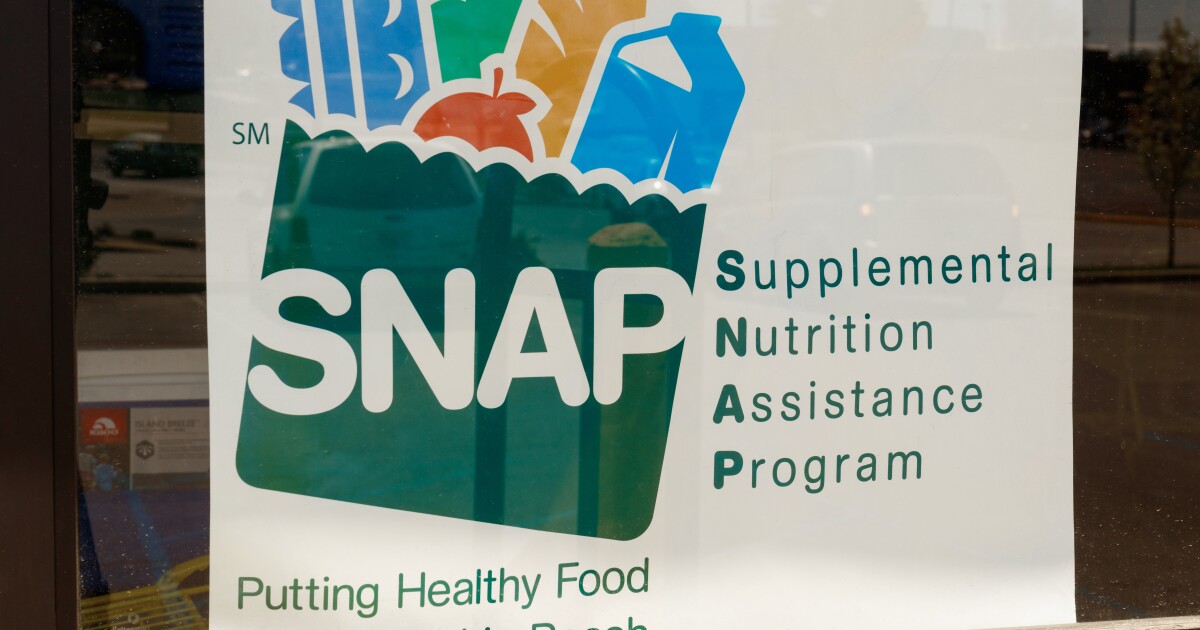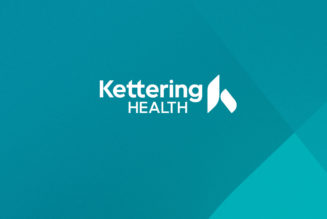
In the coming months, Congress is expected to reauthorize the Supplemental Nutrition Assistance Program (SNAP), the country’s largest food assistance program that helps poor families afford groceries. Amidst ongoing debt ceiling negotiations, Republicans have
focused on SNAP’s work provisions , proposing expansions to work requirements and identifying employment as a program goal. These efforts are crucially important — encouraging more work among SNAP recipients offers a realistic path out of poverty.
But these efforts also highlight an uncomfortable truth: many SNAP adults are too unhealthy to work. This is a unique irony. SNAP is supposed to give low-income households resources for a nutritious diet, yet recipients have uniquely high rates of diet-related disease. And there is little evidence that SNAP participation makes things better.
DOZENS OF SCHOOL DISTRICTS EMBRACE ‘EQUITABLE GRADING,’ SETTING UP STUDENTS FOR FAILURE
Congress can help by overhauling SNAP’s nutrition approach.
SNAP provides food benefits to 40 million individuals per month, offering the average participant approximately $200 per month. One of SNAP’s core goals is to “to permit low-income households to obtain a more nutritious diet.” However, in a
new report
, we show that SNAP participants experience serious health concerns, with disproportionately high rates of physical and mental health problems compared to other groups of Americans.
Many
factors
explain why this group suffers from particularly bad health. A large part of the story though is that SNAP recipients have
especially unhealthy diets
, with large shares of benefits spent on sweetened beverages and ultra-processed foods.
Making matters worse, the fastest-growing group of SNAP recipients over the past two decades, according to our analysis — 50-to-64-year-olds now make up 28% of SNAP household heads — had the highest rates of health troubles in recent years (excluding the elderly). In recent years, almost 70% of SNAP household heads in this age group reported a diet-related disease diagnosis, such as diabetes or heart disease, and more than 40% were obese.
Moreover, half of this group described their health as fair or poor—more than four times the rate reported by higher-income Americans in the same age group. Mental health challenges were equally present, with almost 40% of older SNAP recipients reporting feeling worthless or hopeless in the past month. Regrettably, these physical and mental health outcomes were not much better for younger cohorts of SNAP adults.
Our analysis is not the first to suggest that there is something uniquely subpar about SNAP’s approach to nutrition.
A 2016 report from the USDA showed that SNAP recipients spent large shares of their benefits on decidedly unhealthy foods, such as sweetened beverages, prepared desserts, and frozen meals. Other
research
has shown SNAP recipients are less likely to consume vegetables than other low-income households and have a
higher risk
of disease compared to other Americans. Research by the
USDA
has found that adults receiving SNAP had lower healthy eating scores, and were more likely to be obese and have higher blood pressure.
Some argue that these differences are because healthy foods are more expensive than unhealthy foods, and SNAP benefits are too low to support a healthy diet. But this mischaracterizes the evidence.
When measured
properly
(by either weight or portion), it turns out that healthy foods are actually less expensive than unhealthy options. In fact,
research
suggests that people who eat ultra-processed foods (common in SNAP participant diets), on average, consume 500 more calories per day than those who eat unprocessed foods such as fruits and vegetables, increasing the total budget for a diet full of processed foods.
We have long known that Americans have poor diets and inferior health
compared
to peer countries. But we can’t attribute our findings to American culture alone. Even when compared to nonparticipants, SNAP adults were particularly unhealthy across the board. This presents policymakers with a unique opportunity to leverage SNAP to improve the health status of millions of low-income Americans. The impending reauthorization of SNAP offers them this chance.
To be clear, our research does not conclude that SNAP necessarily causes poor health. But at the very least, the program is exacerbating unhealthy lifestyles and poor nutrition. And because health issues inhibit work, changing SNAP’s approach to nutrition would likely expand economic opportunity and promote upward mobility for millions of low-income families.
A crucial first step is to address SNAP’s nutrition failures. Congress can start by making one of SNAP’s primary purposes improving nutrition and requiring the USDA to report on diet quality annually. Another crucial step is to establish nutrition standards in SNAP, as
other federal nutrition programs
already do. Participants should use SNAP benefits for foods consistent with the Dietary Guidelines for Americans, not items such as sweetened beverages.
CLICK HERE TO READ MORE FROM RESTORING AMERICA
Achieving these small, common-sense policy goals could pay huge dividends for low-income Americans, spurring a virtuous cycle of healthy living and gainful employment.
Angela Rachidi is a senior fellow and the Rowe Scholar in opportunity and mobility studies at the American Enterprise Institute (AEI), where she studies poverty and the effects of federal safety-net programs on low-income people in America.









